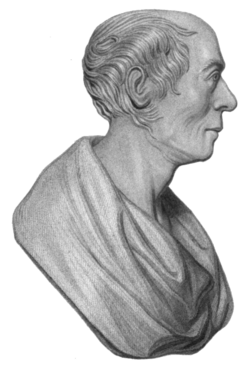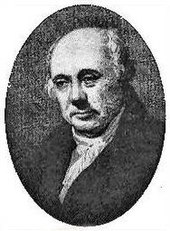More steamboats
It was Thomas, Lord Dundas who would motivate further steamboat trials. This was because he had extensive business interests on the east and west coasts and was governor of the Forth and Clyde Canal Company. Therefore, the canal was essential to his business, and steam power could speed up the movement of vessels through the canal. It helped progress that the Dundas family were one of the most powerful families of the late 18th century.
At a meeting of company directors on 5 June 1800, Dundas brought up the idea of having a Captain Schank boat worked by a steam engine provided by Symington. The directors immediately agreed that this was a good idea.
A diagram of Symington's engine recently came to light and it showed an engine driving a forward wheel (or two wheels, one on either side) within the hull. The boat was built by Alexander Hart at Grangemouth and was tested on the River Carron in June 1801, when it moved with ease. It was less successful on the canal and was rejected by the committee.
By 1800, Watt's patent had expired, so Symington set about the task of building a horizontal engine. He applied and received a patent for his design in 1801. This design was ahead of its time because other engineers believed that it would not work. It was not widely accepted until 1825.

